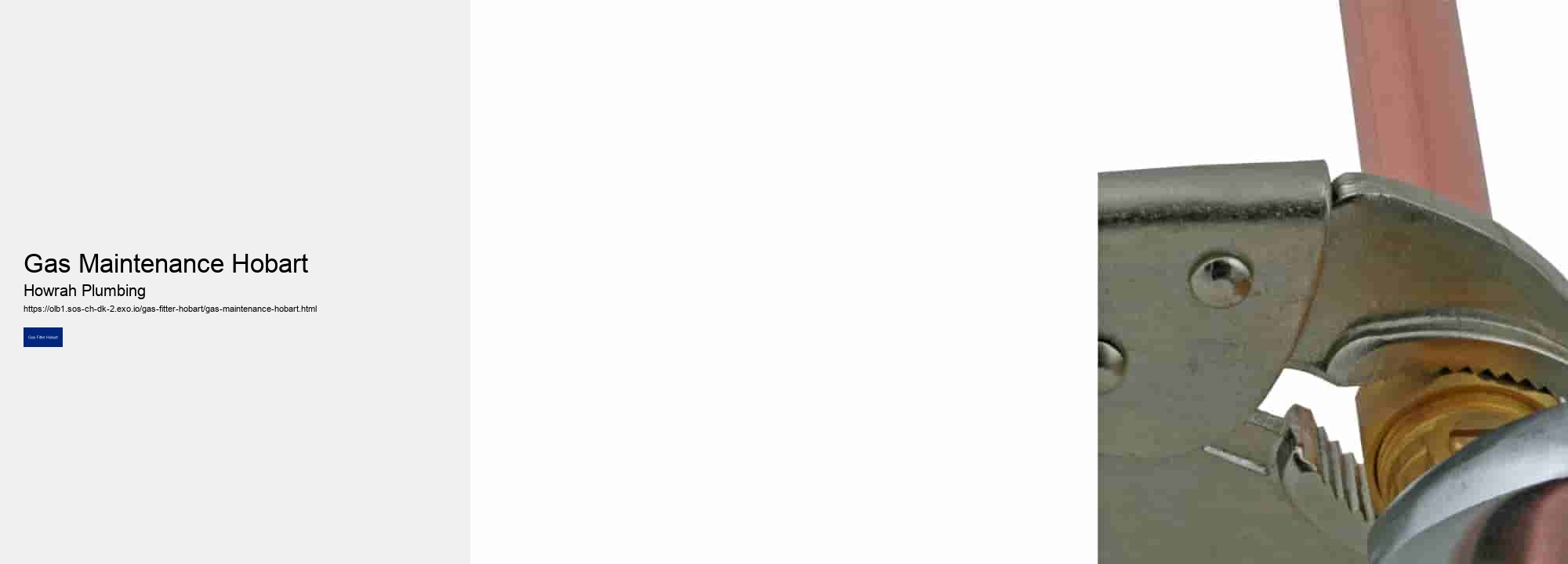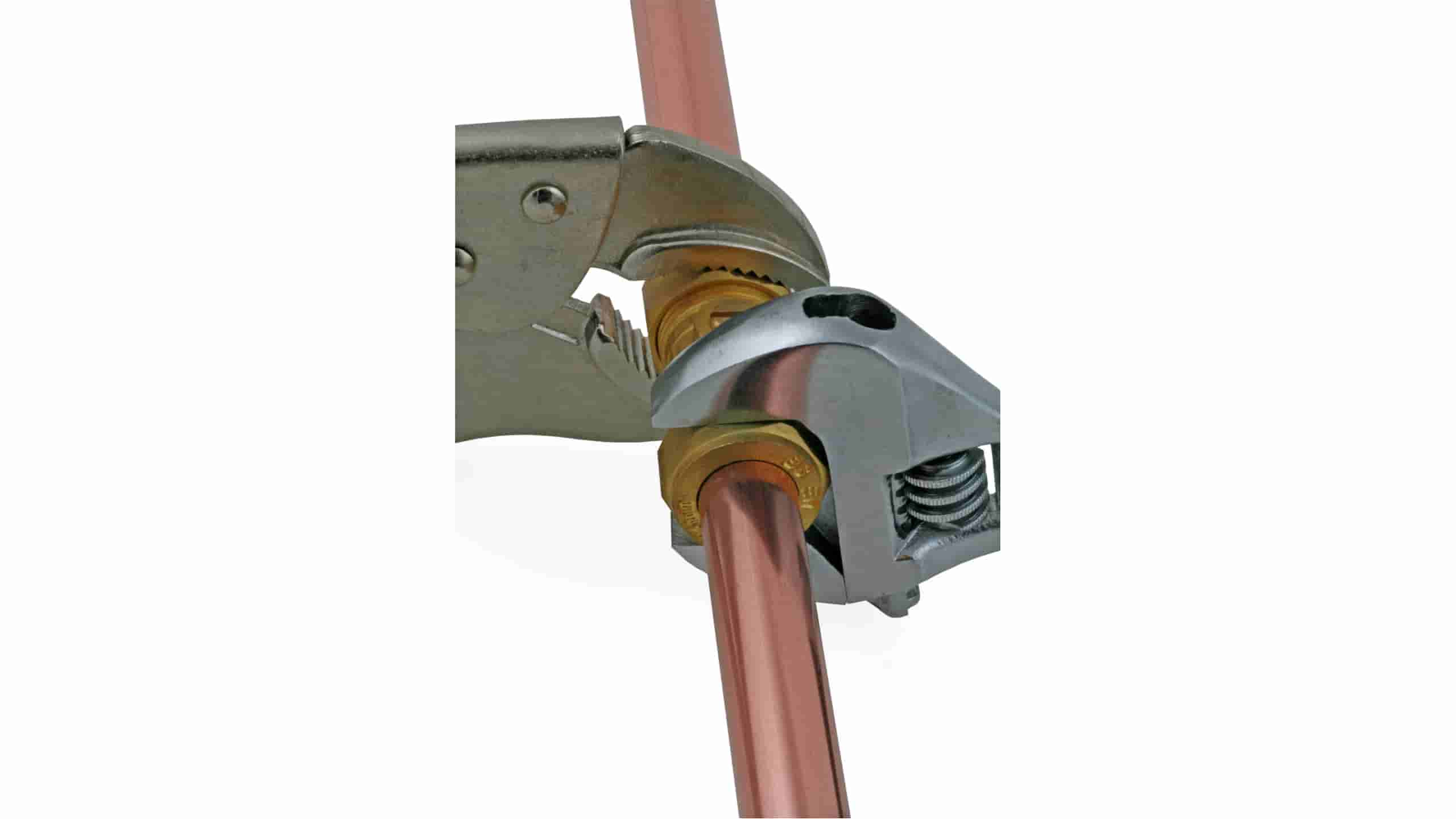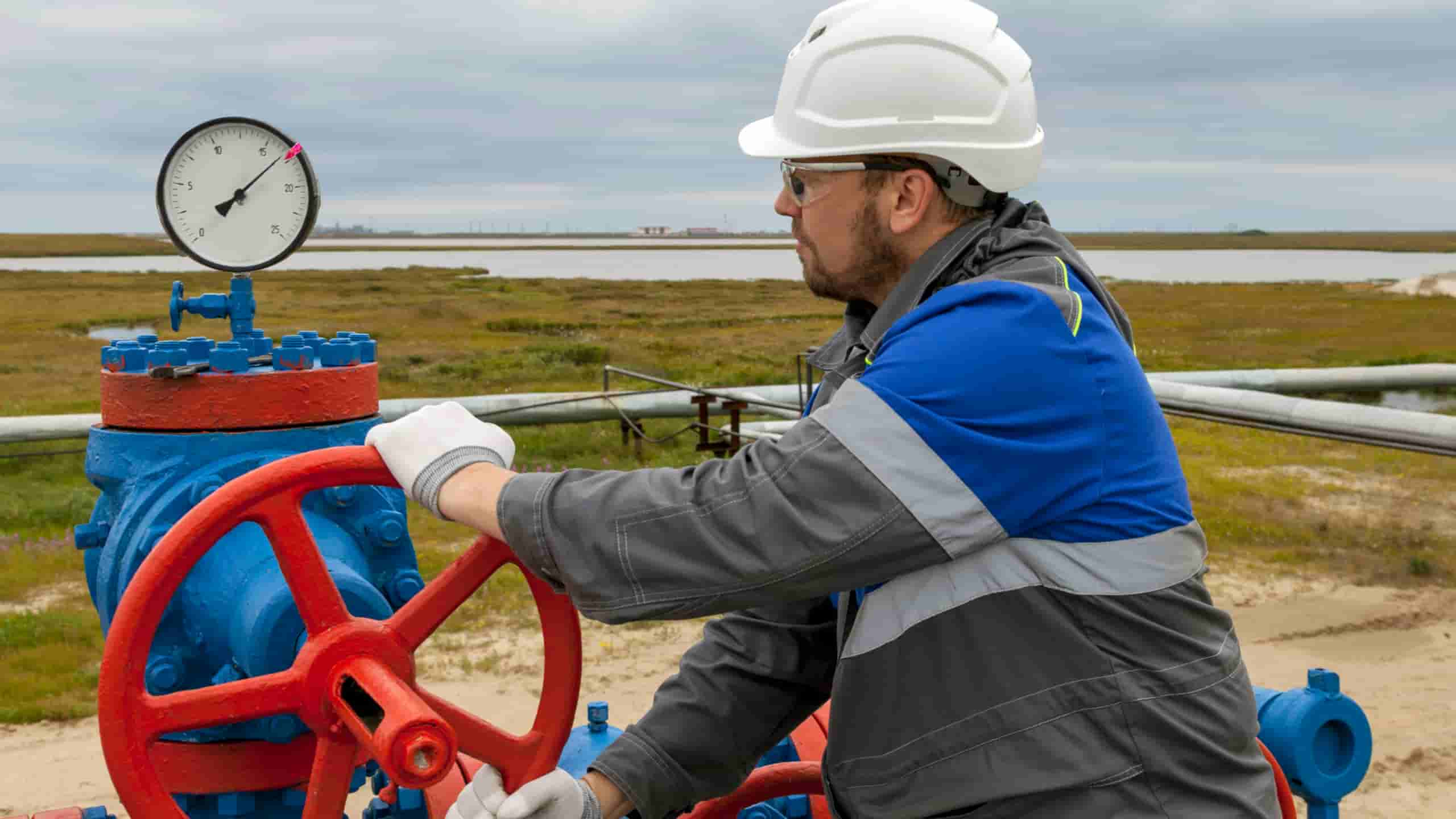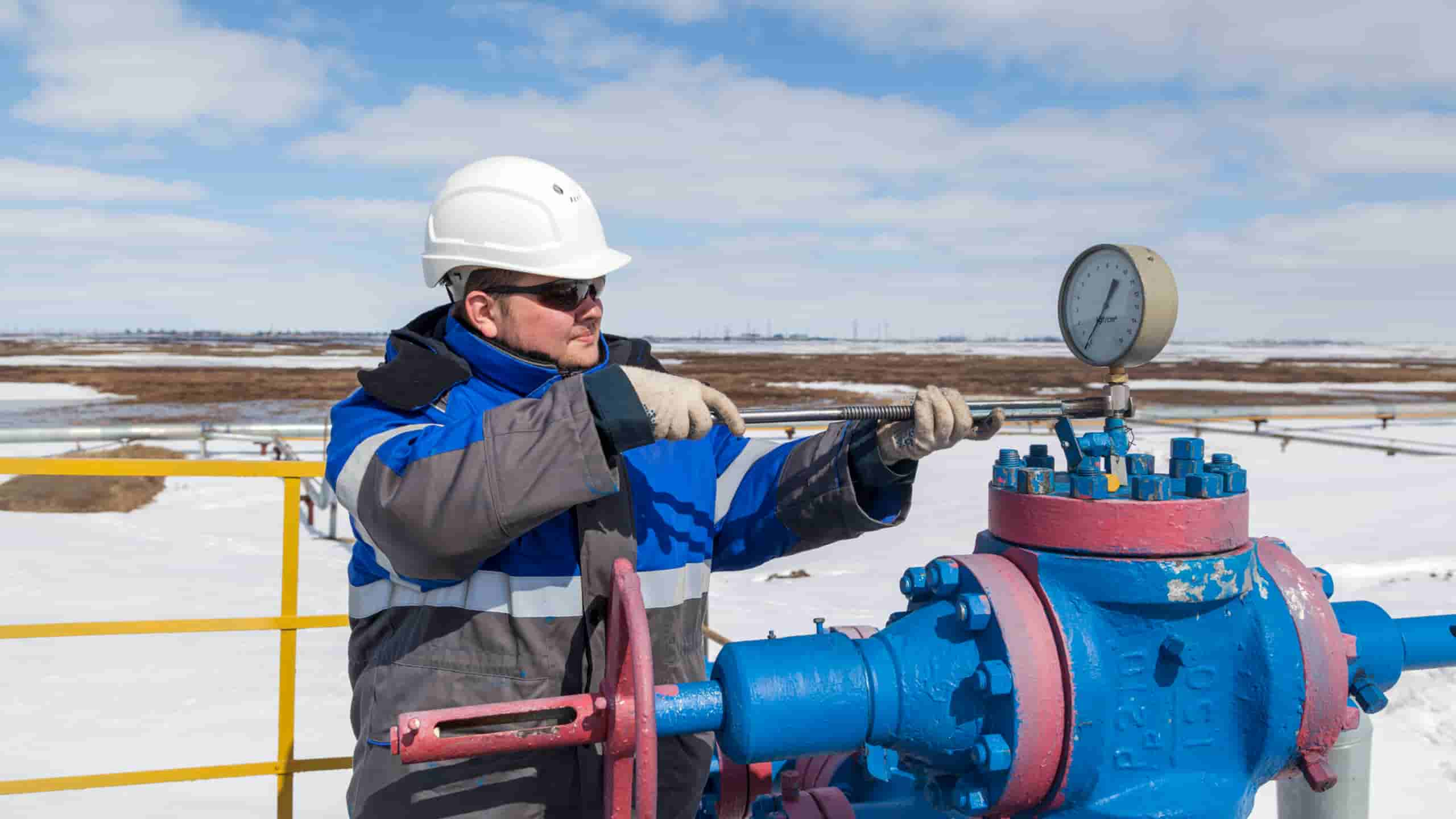

This includes following proper procedures for handling gas cylinders, checking for leaks, and testing appliances for functionality. By staying up-to-date on best practices within the field, gas fitters can ensure that they are working safely and efficiently at all times. Lastly, communication is key when it comes to maintaining a safe working environment as a gas fitter. This involves keeping clients informed about the work being done, discussing any potential risks involved, and providing clear instructions on how to maintain the safety of their appliances.
In conclusion, gas fitters take numerous precautions to ensure that they are working safely while installing and maintaining gas appliances. From wearing appropriate PPE to conducting risk assessments and following industry regulations, these professionals prioritize safety in all aspects of their work. By taking these precautions seriously, gas fitters can protect themselves and others from harm while performing their vital services in our communities.
Gas fitters are skilled professionals who work with various tools and equipment to install, repair, and maintain gas systems in residential, commercial, and industrial buildings. These professionals play a crucial role in ensuring the safety and efficiency of gas appliances and systems. Gas fitters use a wide range of tools to carry out their job effectively.
They also use adjustable wrenches, pipe cutters, and pipe benders to work with different types of pipes and fittings. In addition to hand tools, gas fitters also use power tools such as drills, saws, and grinders to cut through materials like metal or concrete. These tools help them complete installations or repairs more efficiently.
Safety is paramount when working with gas systems, so gas fitters also rely on specialized equipment like leak detectors, pressure gauges, and combustion analyzers. These tools help them identify potential hazards and ensure that gas appliances are functioning properly. Furthermore, gas fitters use personal protective equipment (PPE) such as gloves, goggles, masks, and fire-resistant clothing to protect themselves from potential dangers while working with gas systems. Overall, the tools and equipment used by gas fitters are essential for carrying out their duties safely and effectively. With the right tools at their disposal, these professionals can provide reliable services that meet industry standards and regulations.
Gas fitters are skilled professionals who play a crucial role in ensuring the safe installation, maintenance, and repair of gas appliances and systems. Their primary responsibility is to work with natural gas or propane systems to ensure they are functioning correctly and safely. Gas fitters typically perform a variety of tasks to accomplish this goal. One common task performed by gas fitters is installing new gas lines and appliances.
They must also ensure that all connections are secure and leak-free to prevent any potential hazards. Another important task carried out by gas fitters is conducting safety inspections of existing gas systems. This may involve checking for leaks, inspecting ventilation systems, and testing the functionality of gas appliances to ensure they are operating efficiently. Gas fitters must have a keen eye for detail and follow strict safety protocols to identify any potential issues that could pose a risk to occupants.
This may include cleaning burners, adjusting pilot lights, replacing filters or other components, and performing routine checks to ensure everything is in proper working order. By staying proactive with maintenance tasks, gas fitters can help prevent more significant problems from arising down the road. Lastly, when issues do occur with gas systems or appliances, it is the job of the gas fitter to troubleshoot the problem and make any necessary repairs. This could involve diagnosing faulty components, replacing damaged parts, or adjusting settings to restore functionality.
Gas fitters must be knowledgeable about various types of equipment and have the skills needed to solve complex technical issues quickly and efficiently. Overall, gas fitters play a critical role in ensuring the safety and efficiency of residential and commercial gas systems. Their expertise in installation, maintenance, inspection, and repair tasks helps keep homes and businesses running smoothly while minimizing risks associated with using natural gas or propane. By performing these common tasks diligently and professionally, gas fitters help protect both property owners' investments as well as their health and well-being. What is the average salary of a gas fitter? Gas fitters play a crucial role in installing, maintaining, and repairing gas systems in residential, commercial, and industrial settings.
But what is the average salary of a gas fitter? The average salary of a gas fitter can vary depending on factors such as location, experience, specialization, and employer. Generally, entry-level gas fitters can expect to earn around $40,000 to $50,000 per year. With more experience and expertise in the field, this figure can increase to $60,000 or more. In some cases, gas fitters may also receive additional benefits such as health insurance, retirement plans, and paid time off.
It is important to note that these figures are averages and individual salaries may vary. Gas fitting is a skilled trade that requires specialized training and certification. As such, those who invest time and effort into honing their skills can potentially earn higher wages. Overall, the average salary of a gas fitter reflects the importance of their role in ensuring the safety and functionality of gas systems. Their expertise is essential in preventing accidents and ensuring compliance with regulations.
What are the career prospects for gas fitters in the industry? Gas fitters play a crucial role in the construction and maintenance of gas systems in residential, commercial, and industrial buildings. They are responsible for installing, repairing, and maintaining gas pipes, appliances, and fixtures to ensure the safe and efficient delivery of natural gas to households and businesses. In recent years, the demand for skilled gas fitters has been on the rise due to an increase in construction activities and renovations that require new gas installations or upgrades. As such, the career prospects for gas fitters in the industry are promising.

One of the main reasons why there is a high demand for gas fitters is that their expertise is essential for ensuring safety standards are met when it comes to handling natural gas. Gas leaks can pose serious health risks and even lead to explosions if not properly addressed. Therefore, qualified gas fitters who are well-trained in handling gas systems are highly sought after by both homeowners and businesses. Additionally, as more people become environmentally conscious and seek ways to reduce their carbon footprint, there has been a growing interest in alternative energy sources like natural gas.
Furthermore, with advancements in technology leading to smart home innovations that rely on interconnected devices powered by natural gas, there is a need for skilled professionals who can install and maintain these complex systems. Gas fitters who stay updated on emerging trends in the industry will have a competitive edge when it comes to securing job opportunities. Overall, the career prospects for gas fitters look bright as long as they continue to enhance their skills through training programs and certifications.
With job security and potential for growth within this specialized field, pursuing a career as a gas fitter can be a rewarding choice for those interested in working with hands-on mechanical tasks while ensuring public safety. What are some challenges faced by gas fitters in their line of work? Gas fitters play a crucial role in ensuring the safety and functionality of gas appliances in homes and businesses.
However, their line of work comes with its fair share of challenges that they must navigate on a daily basis. One major challenge faced by gas fitters is the potential risks associated with working with natural gas. Gas leaks can be extremely dangerous and even deadly if not handled properly. Gas fitters must be well-trained in detecting leaks, repairing faulty equipment, and ensuring that all necessary safety measures are in place to prevent accidents. Another challenge for gas fitters is staying up-to-date with constantly evolving technologies and regulations.
Additionally, gas fitters often work in high-pressure situations where quick thinking and problem-solving skills are essential. They may be called upon to respond to emergencies or troubleshoot complex issues under tight deadlines, requiring them to remain calm and focused under stress. Furthermore, working as a gas fitter can be physically demanding as it often involves lifting heavy equipment, bending into awkward positions, and working in cramped spaces. This can lead to fatigue and strain on the body over time.
By staying informed, practicing caution, honing their technical abilities, and taking care of their physical health, gas fitters can successfully navigate these obstacles and continue providing essential services to their communities. How to become a certified gas fitter in your stateIf you're looking to become a certified gas fitter in your state, there are several steps you'll need to take to achieve this goal. Being a gas fitter is a rewarding career that requires a high level of skill and expertise in working with gas systems and appliances. The first step in becoming a certified gas fitter is to research the requirements set forth by your state's licensing board or regulatory agency.
Once you understand the requirements for certification in your state, you'll need to complete any necessary training or education programs. This may include completing an apprenticeship program, attending technical school, or obtaining relevant work experience under the supervision of a licensed gas fitter. After completing the required training or education program, you'll need to pass any exams or assessments mandated by your state's licensing board. These exams will test your knowledge and skills in working with gas systems and appliances, as well as ensuring that you understand and can follow safety protocols.

Once you have successfully completed all necessary training, education, and examinations, you can apply for certification through your state's licensing board. This application process may require submitting proof of completion of training programs, passing exam scores, and any other documentation required by the board. Upon approval of your application for certification as a gas fitter in your state, you will officially become a certified professional capable of safely installing and maintaining gas systems and appliances. It's important to stay current on industry standards and regulations to maintain your certification status and continue providing high-quality service as a gas fitter. In conclusion, becoming a certified gas fitter is an attainable goal that requires dedication, hard work, and commitment to learning.
How to properly install and maintain gas appliancesInstalling and maintaining gas appliances is crucial for the safety and efficiency of your home. Whether you are installing a new appliance or simply need to ensure that your current ones are working properly, following proper procedures is essential. When it comes to installing gas appliances, it is important to first consult with a professional. Gas appliances can be dangerous if not installed correctly, so hiring a qualified technician will ensure that everything is done safely and up to code.
They will be able to properly connect the appliance to the gas line, check for any leaks, and make sure that all connections are secure. Once your gas appliances are installed, it is important to regularly maintain them to keep them running smoothly. This includes cleaning filters, checking for any signs of wear or damage, and scheduling regular inspections by a professional. Regular maintenance will not only extend the life of your appliances but also help prevent potential hazards such as gas leaks or carbon monoxide poisoning. In addition to proper installation and maintenance, there are some general tips for ensuring the safety of your gas appliances.
Keep combustible materials away from the appliance and always follow manufacturer's instructions for operation. By following these guidelines for installing and maintaining gas appliances, you can enjoy peace of mind knowing that your home is safe and efficient. Remember: when it comes to gas appliances, safety should always come first. How to troubleshoot common gas fitting issuesGas fittings are an essential part of any household or commercial space, as they facilitate the safe and efficient flow of gas to various appliances.

Signs of a gas leak include a distinctive odor, hissing sounds near gas lines or appliances, dead vegetation near gas lines, and physical symptoms such as dizziness or nausea. If you suspect a gas leak, evacuate the area immediately and call a Gas Fitter for assistance.
A Gas Fitter in Hobart installs, maintains, and repairs gas systems and appliances in residential, commercial, and industrial settings.
Gas Fitters typically undergo extensive training and apprenticeships to obtain the necessary certifications and licenses required to work with gas systems safely and effectively.